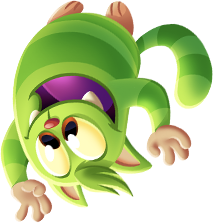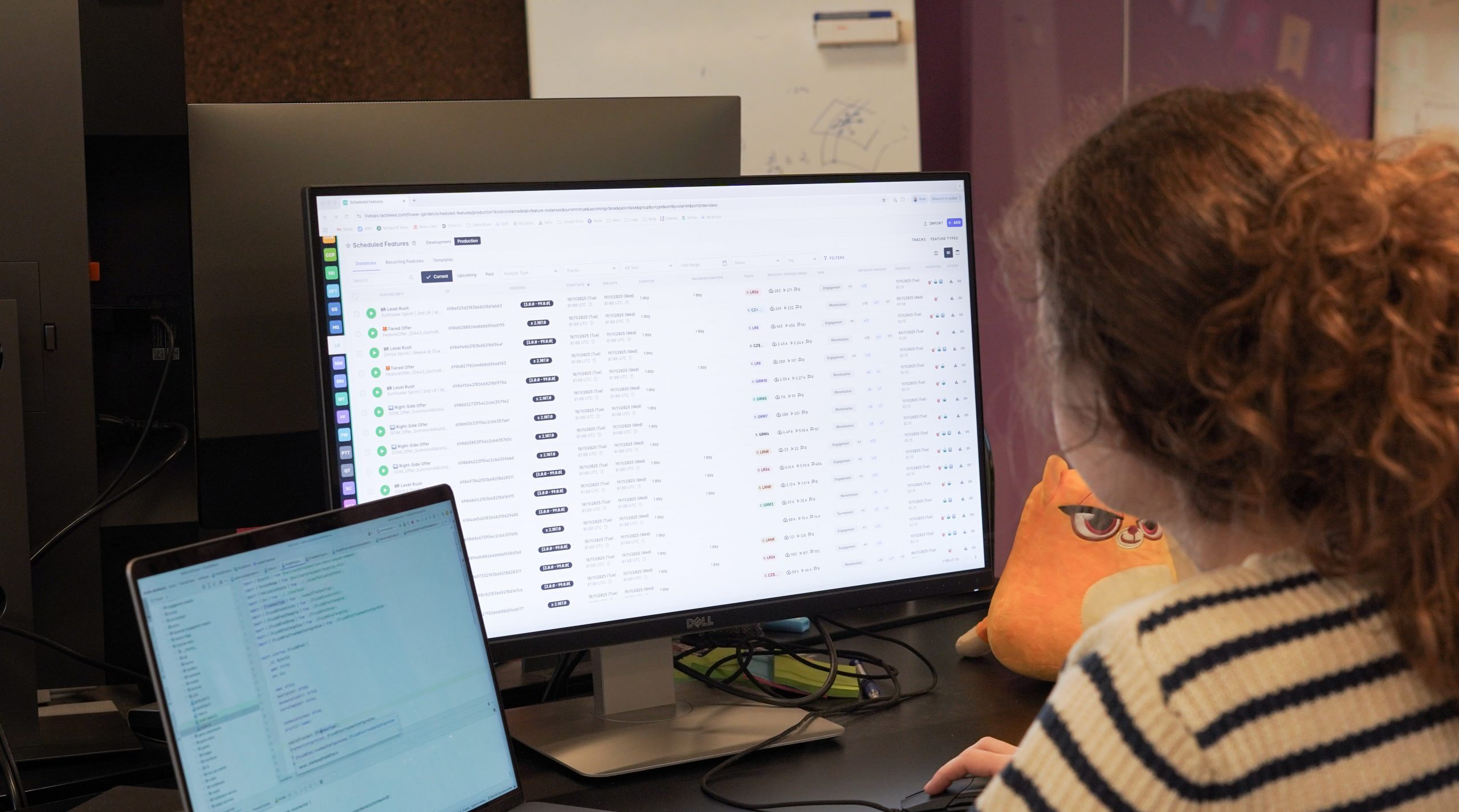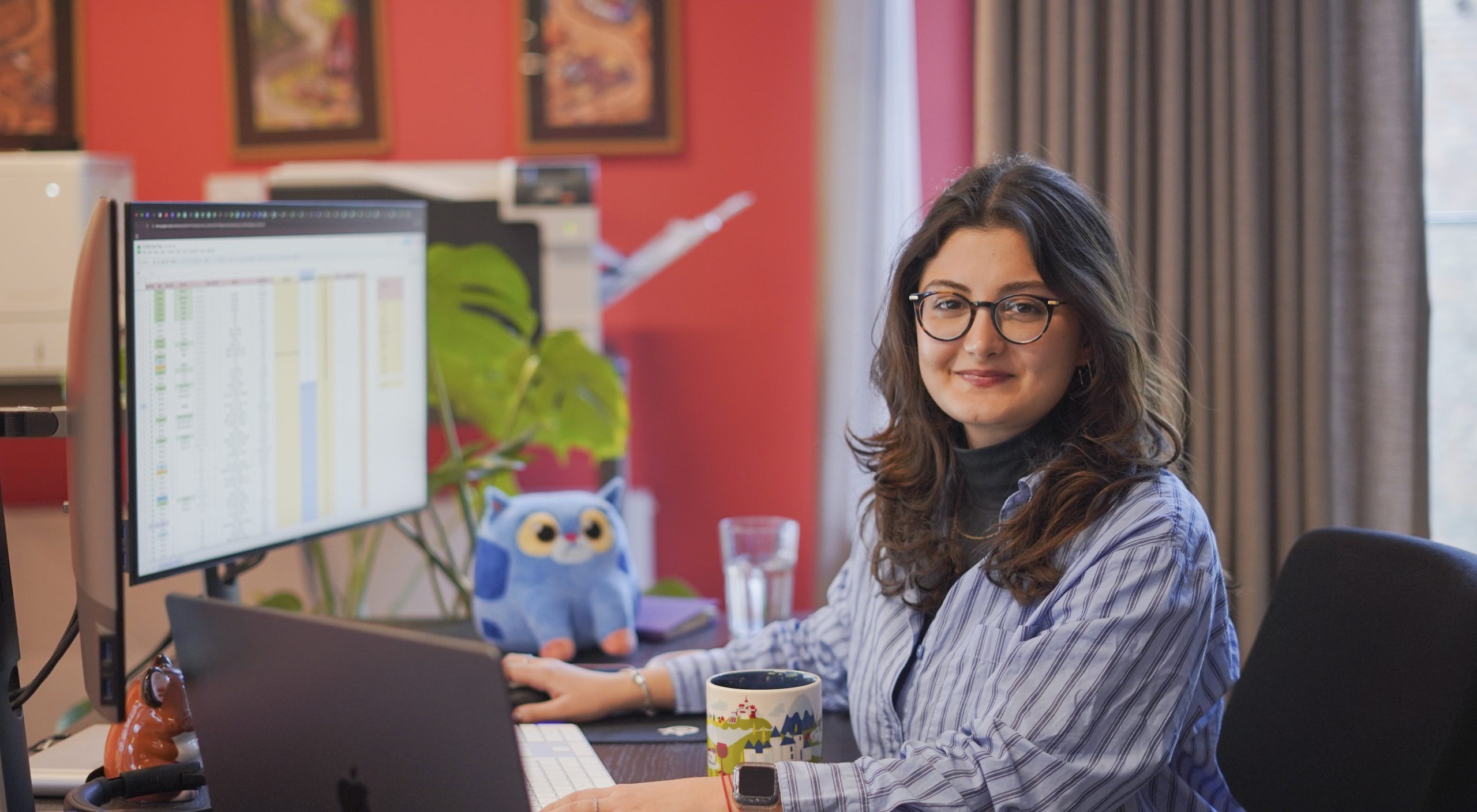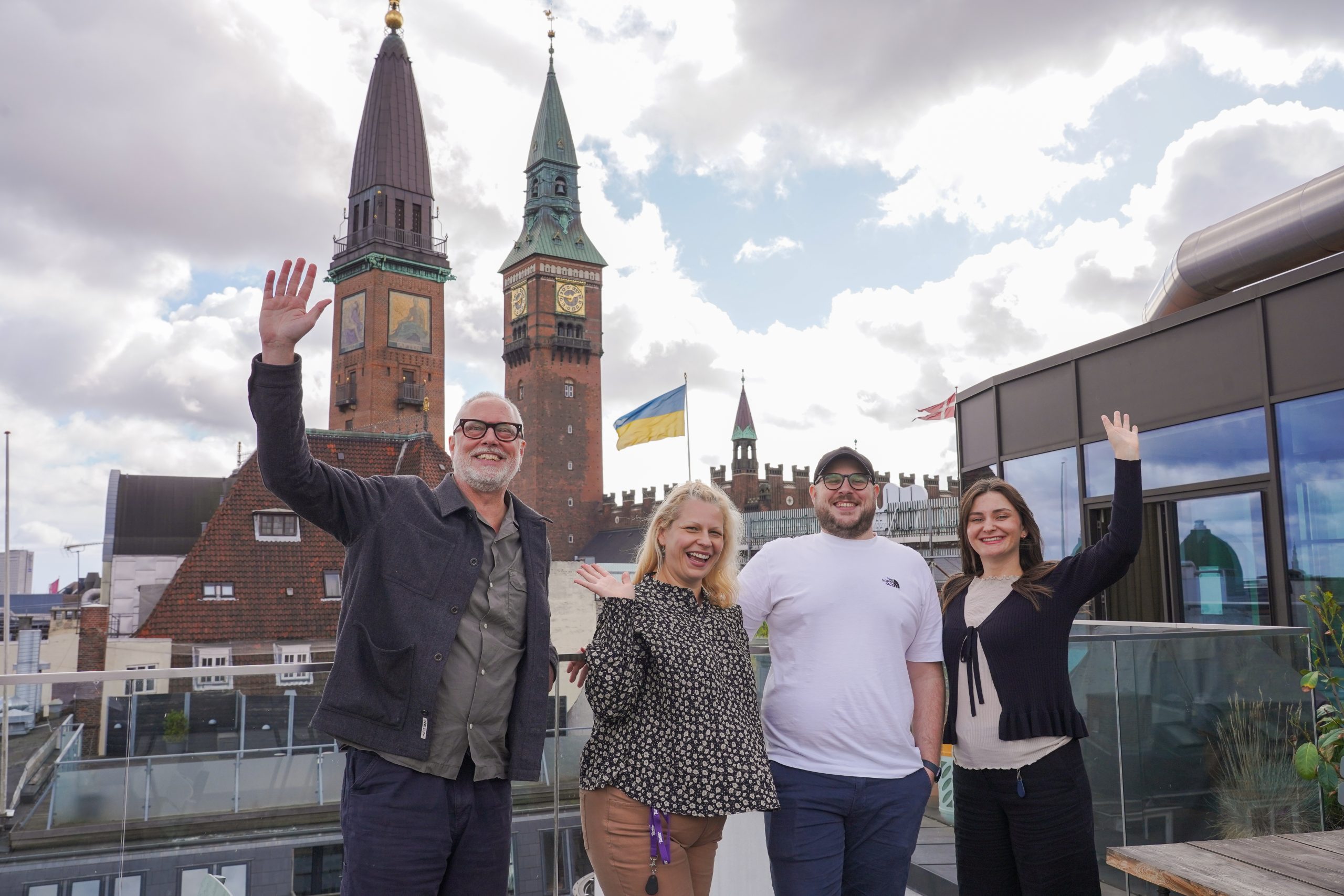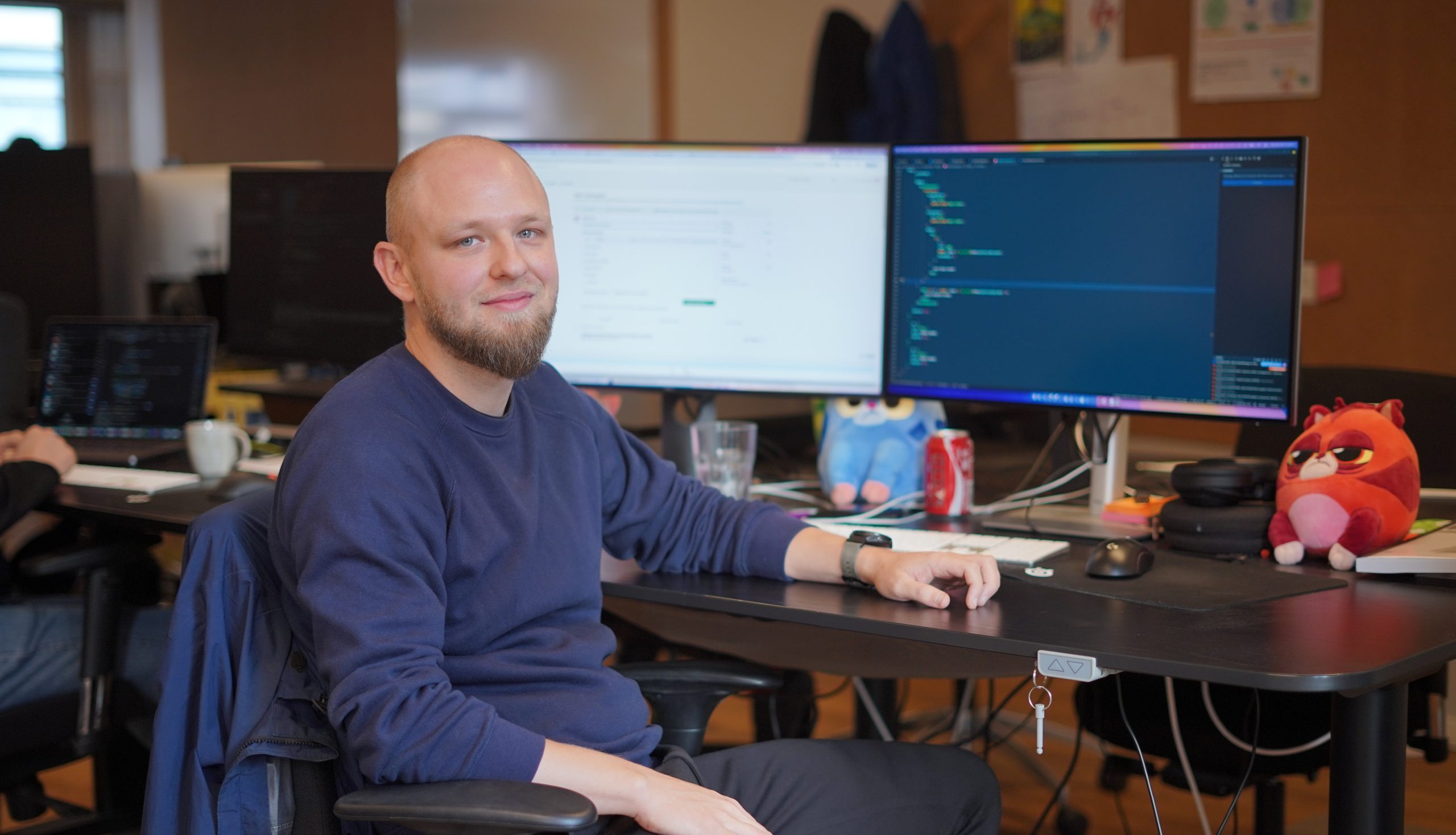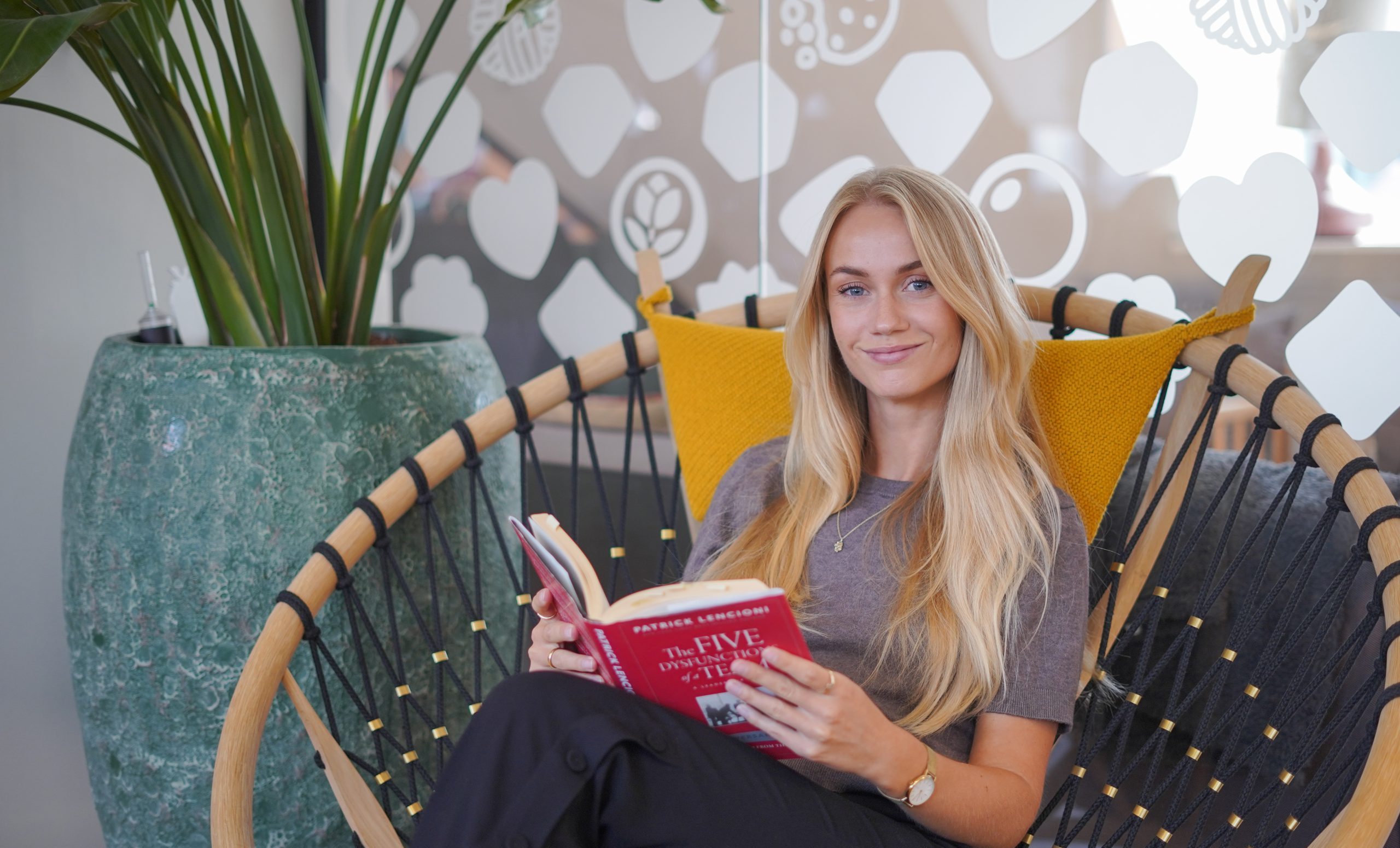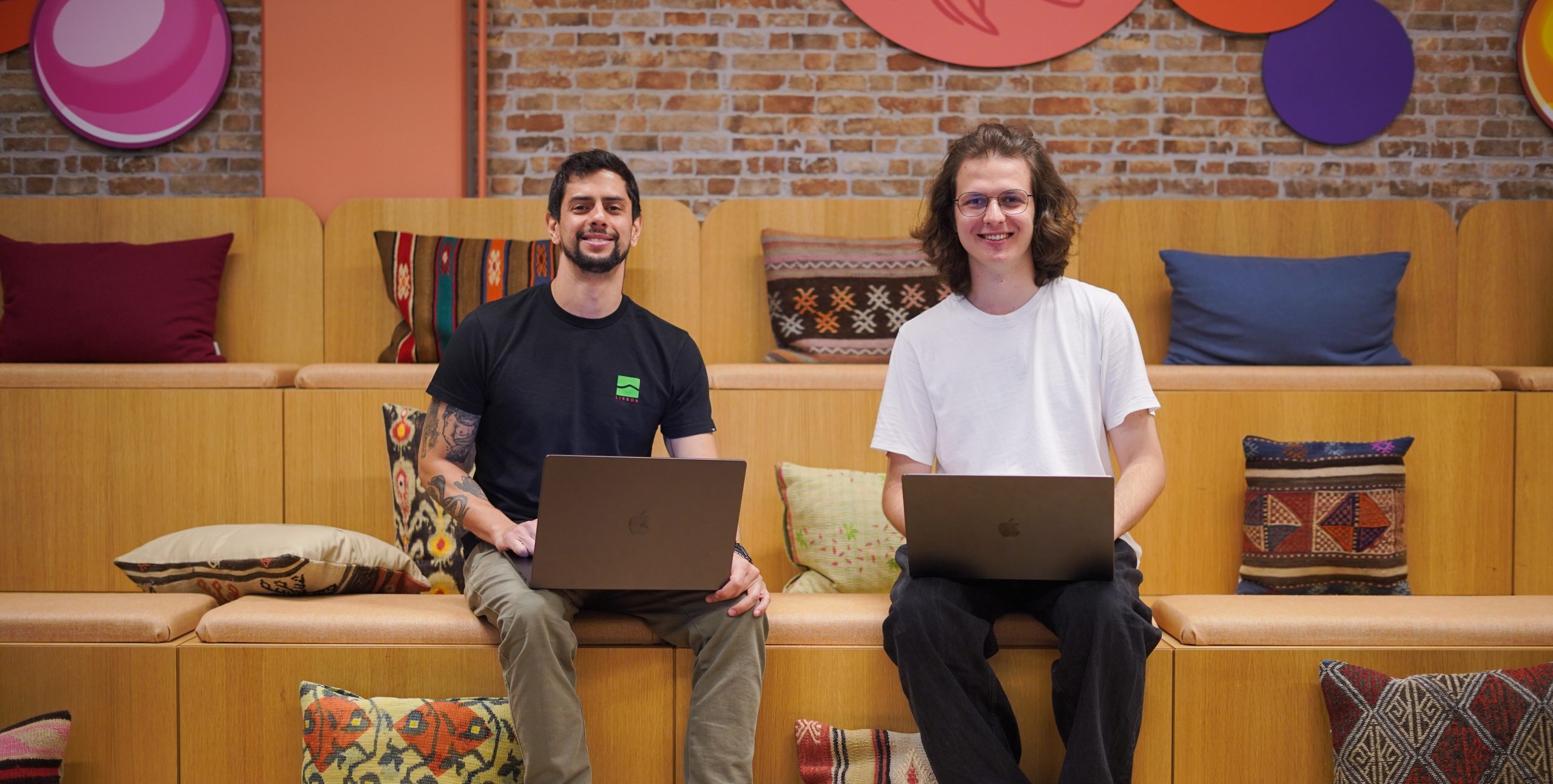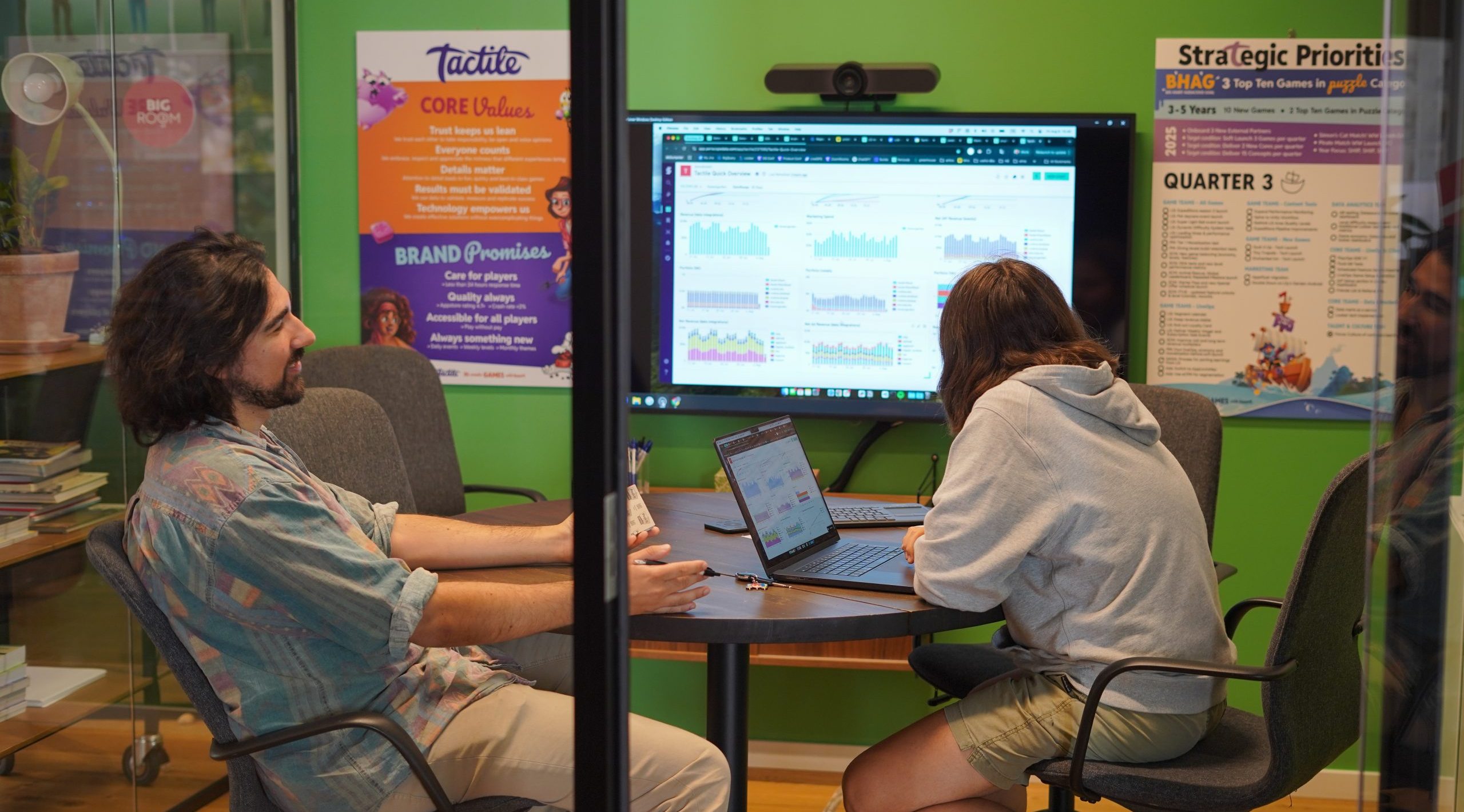My development journey into Product Ownership
Time for Growth – with Théo Maillard
At Tactile, we encourage our team members to take ownership of their own development and drive their upskilling to match the needs of the company, as well as their own aspirations.
The desire to upskill oneself is crucial for the success of our business, so having team members with that mindset is what we believe is part of pushing us forward.
In our bi-annual development talks, each team member defines their individual goals. Team Leads and our People Partners then help to support them with setting up their development journey and milestones alongside it. On top of that, Tactile supports by covering the costs of any relevant courses and learning materials, which can support the team member’s development.
We chatted to our brand new Product Owner, Théo, who recently transitioned into this role from his previous role as QA Engineer on our Core team. Read more about his development journey below.
Tactile: Hi Theo, can you tell us a little bit about what your role was when you started at Tactile?
Théo: Hi, sure! I joined Tactile 2 years ago as a QA Engineer on the Core team. I was only the 2nd test engineer, so we were a small, but very efficient team. Our main responsibility was to perform QA for our internal tools. This mainly involved our LiveOps dashboard, which is used to configure games, conduct A/B tests, and offer an overview of what’s going on in our live games, as well as our game build server. So I started off with just focusing on this.
My day-to-day workflow was to re-test whatever our Core team developers have been working on and ensure that everything works as expected. I was also responsible for providing test cases to document and streamline our test processes. So there were a lot of person-to-person interactions with designers and developers and writing down issues in JIRA. This was a part of my work that I really enjoyed.
Tactile: How have you grown and developed in your journey at Tactile since then?
Théo: As time went by, I grew more comfortable and confident in my day-to-day job. This pushed me to become more proactive and explore different areas of what the Core team does. For example, I started working with Embrace, our crash reporting tool, and got more involved in our internal communication about what are the issues we’re facing and how we can solve them. I wanted to understand more about why some things don’t work so well and when we decide to implement certain changes as a business.
I didn’t realise this back then, but I was already following a Product Owner (PO) approach, which includes a lot of talking to stakeholders and asking what needs to be done. As a QA, I was also giving a lot of feedback on new product designs, and providing that user experience, which is also an integral part of the PO role.
It was important for me to be proactive and not stay confined to the responsibilities of my QA role. I have always been a very curious person, and I love learning new things, which is why I take the opportunities that present themselves to me. And so, I wanted to go above and beyond in my role as well.
Tactile: So how did the transition into the PO role officially happen?
Théo: The conversation about this came up after my development talk earlier in the year. I expressed the want to develop and take on more responsibility in some way. I was initially considering transitioning into a programming position, but then a few weeks after my development talk, my Team Lead came back to me and offered this PO role. Many people have joined the Core team since I started, and there was a need for more product and project management support. The idea sounded really interesting to me, and so I immediately jumped on board!
The more I grow into the role, the more I see how good it is for me. It is a much better choice for me than programming, because it has that social aspect. I think I am good at talking to people, I enjoy communicating a lot and being the middle man, and this PO role enables me to do just that.
Tactile: How have you been developing as a PO since the transition?
Théo: It has been a fairly slow, paced transition. In the first months, I was still mainly working as a QA, but I started joining meetings with the Core team’s stakeholders – these are all the people using the tools we’re building, such as game producers and game product specialists. My initial focus was to understand what the stakeholders need, what issues they’re facing, what else could be added to the already existing tools, and what we could potentially start doing differently. I also started to document these things in JIRA.
To further support my development, I took a Project Management (PM) course on Coursera. This helped me to get more into the PM mindset. As a QA, I was normally getting involved only at the end of a project, when it was close to being completed. Now, I am involved at the inception of a project. This was completely new to me and something I needed to learn more about. How do projects get kicked off? Where do the ideas come from? And how do products get developed to the point where I used to jump in?
My biggest struggle at the start, and still now, being so new to the role, is balancing out my QA vs. PO mentality. This desire to fix every bug we find vs. understanding what is actually urgent right now and what will bring value to the business. Understanding the latter is my biggest focus currently.
Tactile: How does your daily routine look like now you’re fully transitioned into the PO role?
Théo: The entire Core team recently shifted to working in scrum. We now have 2 cross-functional scrum teams, each including backend, frontend, product designer and QA. On paper, myself and our Team Lead are responsible for one scrum team each, but since we’re still very early in the transition, we’re both involved in both teams, to make sure we streamline the processes and do things in the same way. We are just getting into the rhythm of doing things properly, running planning sessions, retrospectives and 2 week sprint cycles. As a PO, this requires me to have things clear and planned out further in advance than we used to.
So life as a PO these days looks a bit like this – my main responsibility is to groom our backlog and make sure all tasks are prioritised, including removing all the obsolete ones, and that tasks are distributed in sprint planning. I also provide clarity and support for scrum teams in this process. I am syncing up with individual team members, to make sure everything fits together. I often sync with product designers to ensure that what they’re designing fits in with the design vision of the stakeholder. I sync with the developers to make sure they’re still building in the right direction and that everything is going according to plan. I also still look at things from the QA perspective myself, because I now have the full overview of how things are supposed to work. On top of this, I am always communicating with our stakeholders, to make sure we’re still aligned on everything.
Tactile: What do your development plans look like now?
Théo: My first priority is to figure out scrum, so that I can make sure I’m running and supporting my team as well as possible.
Personally – on a higher level – I want to stay in this role for a couple of years to build credibility. Besides taking the Project Management course, I have been wanting to read Scrum: The Art of Doing Twice the Work in Half the Time, which is a book about optimisation and methodologies for scrum specifically. I am also spending a lot of time playing around in JIRA. I realised that my team easily gets lost in there, so I want to gather as much knowledge about it as possible, and share best practices with everyone. This will enable us to improve our workflows. In line with this, I am also looking into JIRA reporting tools so that I can monitor our scrum health better. As you can see, the learning never ends!
